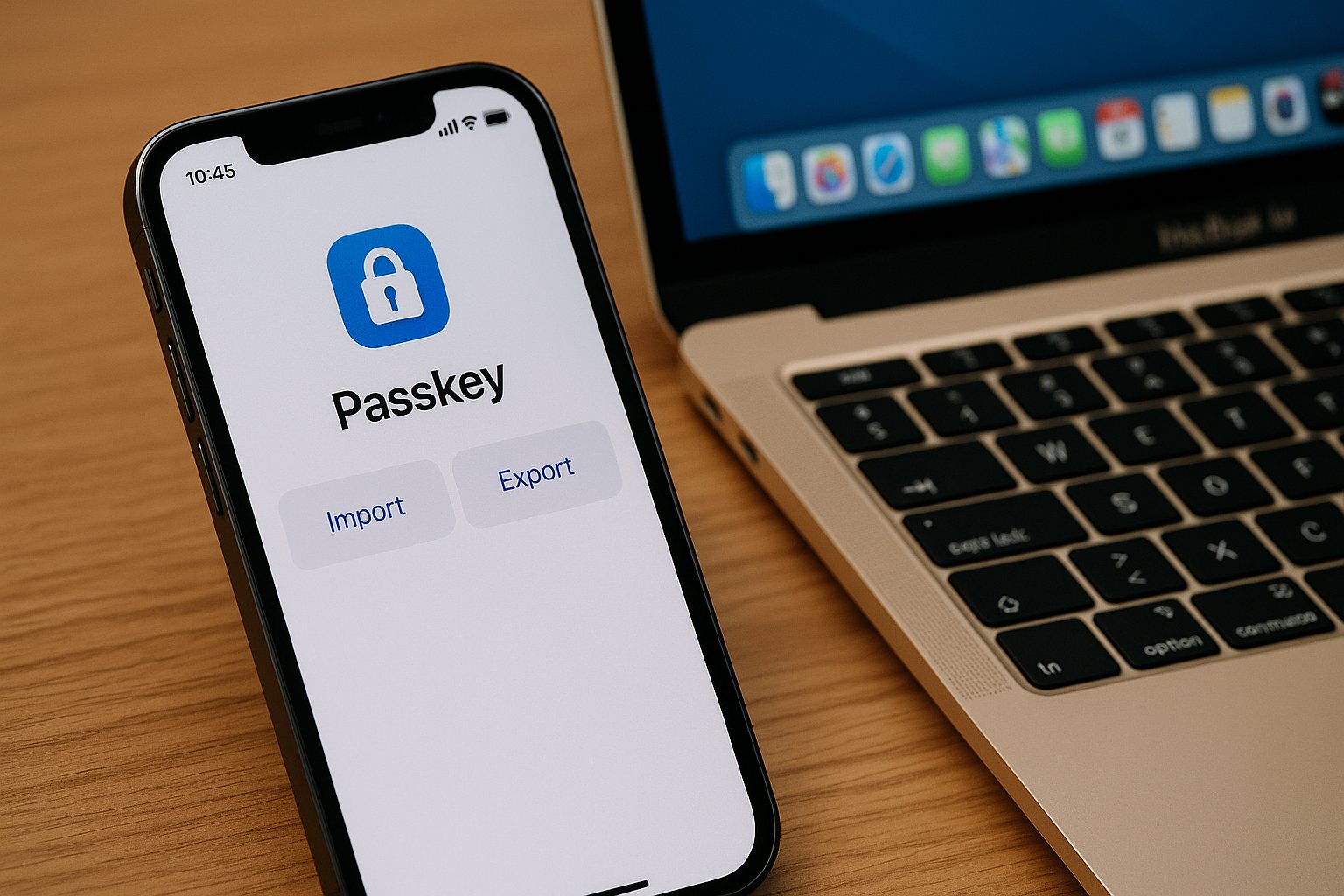Apple has announced a groundbreaking new feature aimed at enhancing the interoperability of passkeys, a move that could significantly improve user experience in credential management. During a recent demonstration, the company showcased a process that departs from traditional credential export methods, which typically involve the risky transfer of unencrypted files such as CSV or JSON. This new approach involves a user-initiated transfer directly between compatible credential manager applications, bolstered by local authentication mechanisms like Face ID.
According to Apple, this innovative transfer utilizes a data schema developed in collaboration with the FIDO Alliance, establishing a standardized format for passkeys, passwords, verification codes, and other data types. By implementing this system, Apple aims to eliminate insecure file creation on disk, thus mitigating the risk of credential leaks that often accompany exported files. This modern method of transferring credentials promises to provide enhanced security for users while simplifying access across different platforms.
The transition to passkeys has been driven by the increasing recognition of the difficulties associated with password management. The burden of creating long, unique passwords for multiple accounts often leads users to opt for weak choices or the reuse of old passwords, a situation that has fueled a chronic problem of password leaks. Passkeys present a solution, offering an authentication method that could potentially circumvent issues related to phishing and credential theft.
At the heart of Apple’s passkey framework is a unique public/private encryption keypair created during the enrollment process of each app or website, following the latest FIDO2 specifications. The public key is transmitted to the service, while the private key is securely stored on the user’s device, effectively eliminating the risk of shared secrets that could be intercepted. This architecture not only secures user data during transmission but also enhances protection against common cyber threats.
Despite these advancements, interoperability remains a challenge for passkey usage across various applications, operating systems, and websites. As noted in previous analyses, this lack of compatibility can leave users locked out of their accounts and complicate the adoption of passkey technology. However, Apple’s recent demo marks a significant step forward, signaling that developers in the passkey space may be making strides toward improving usability for all users.

